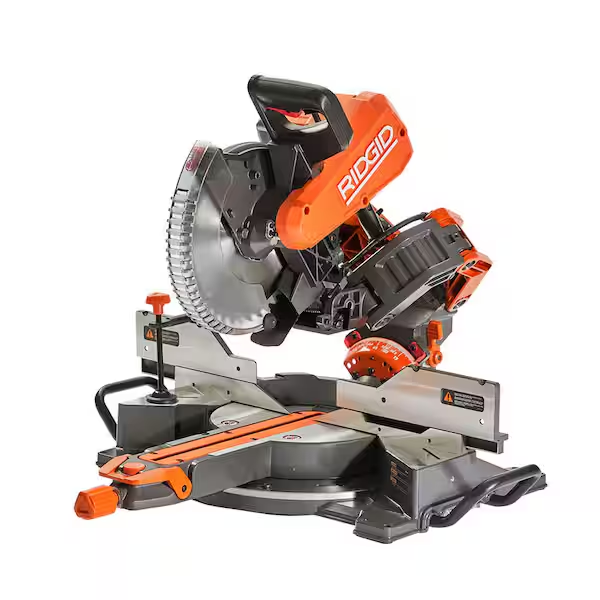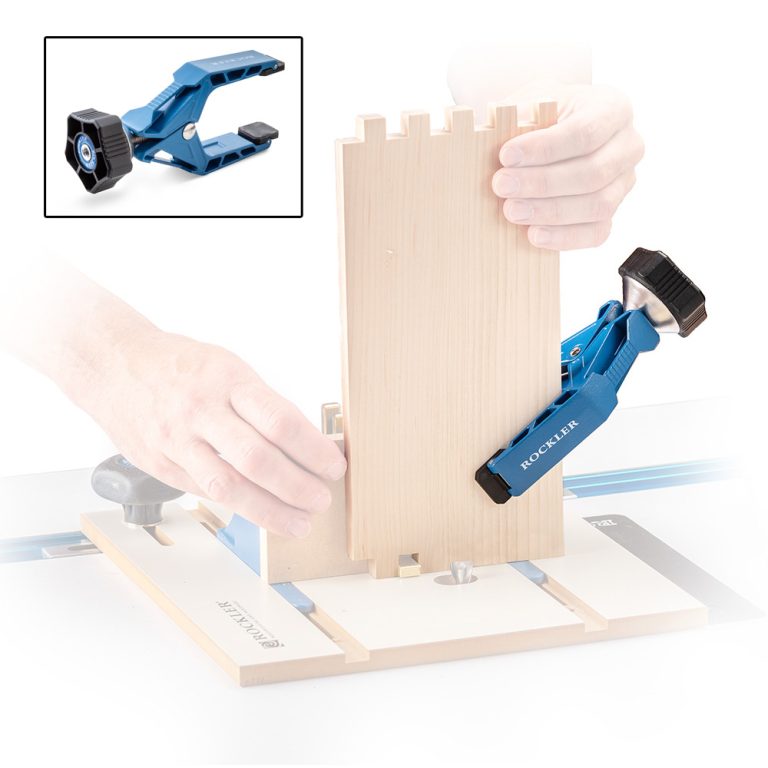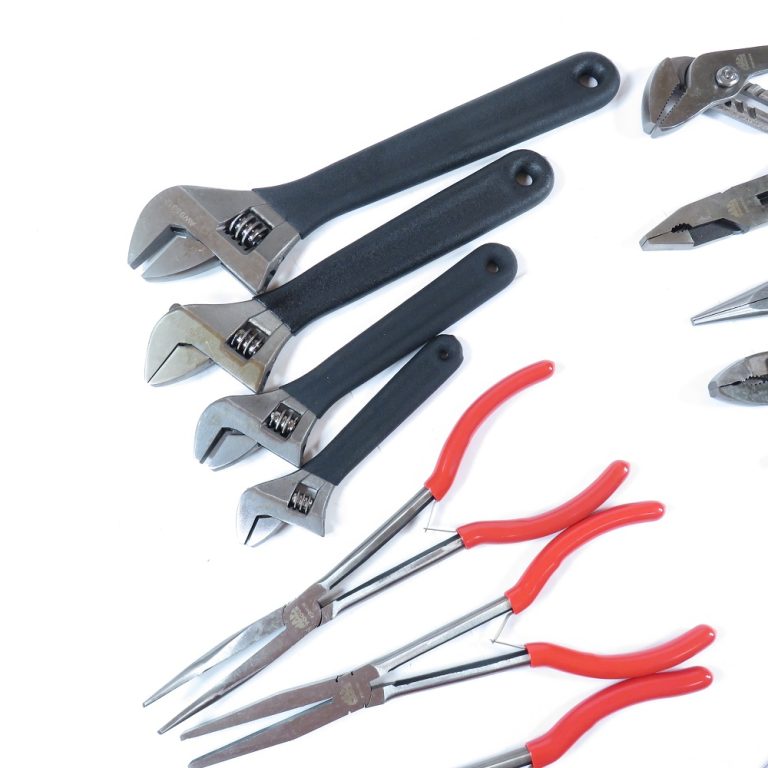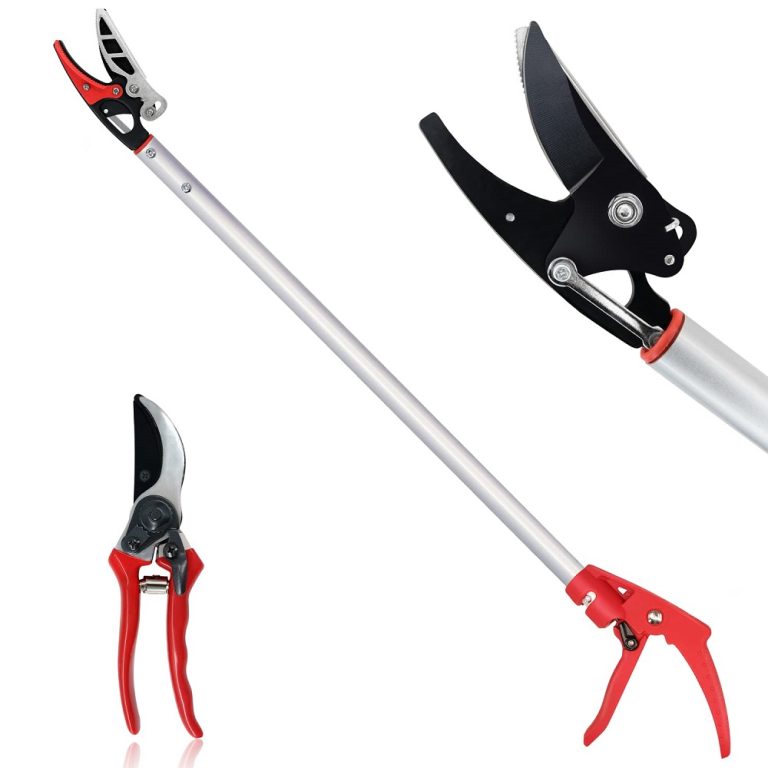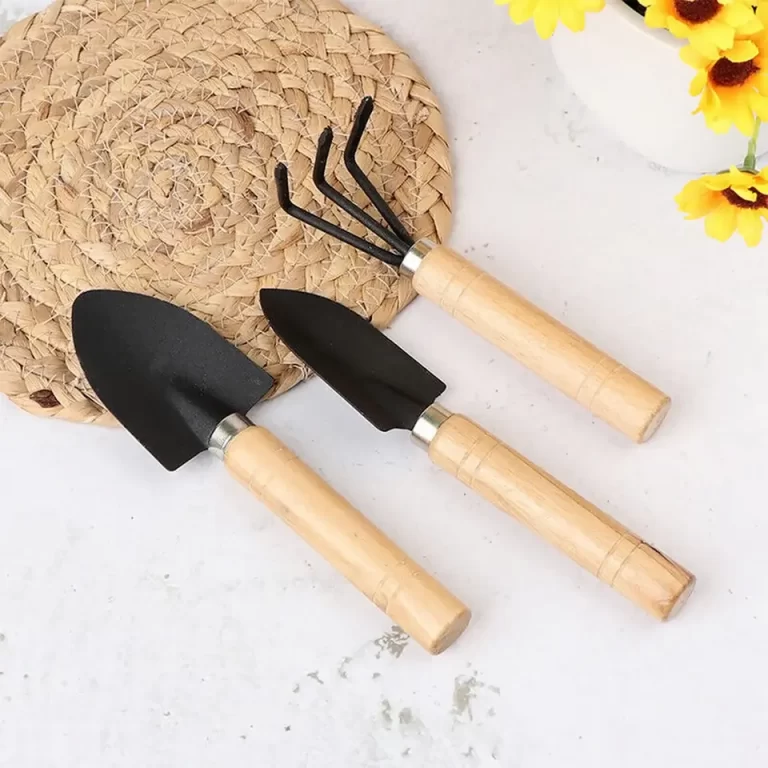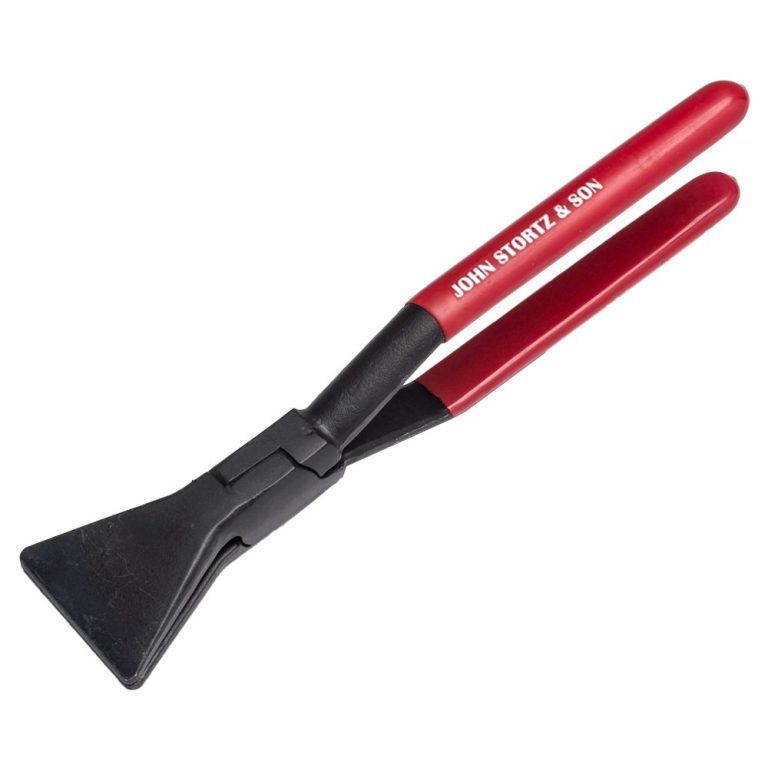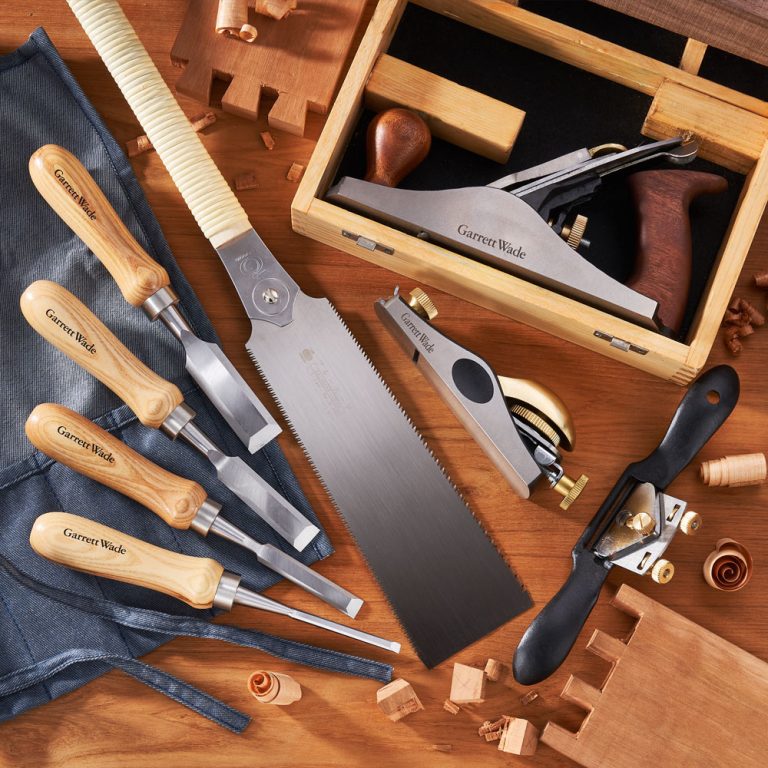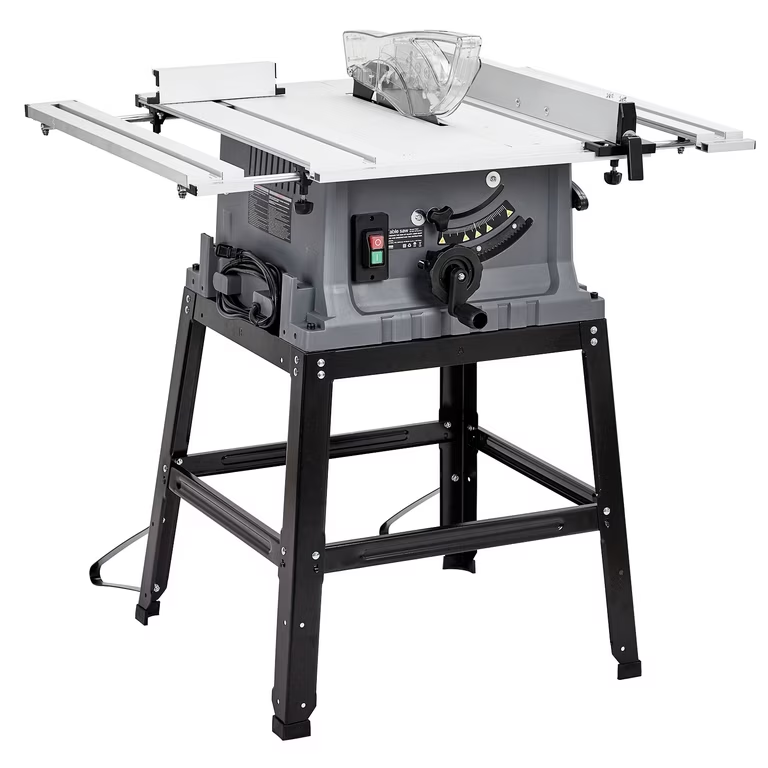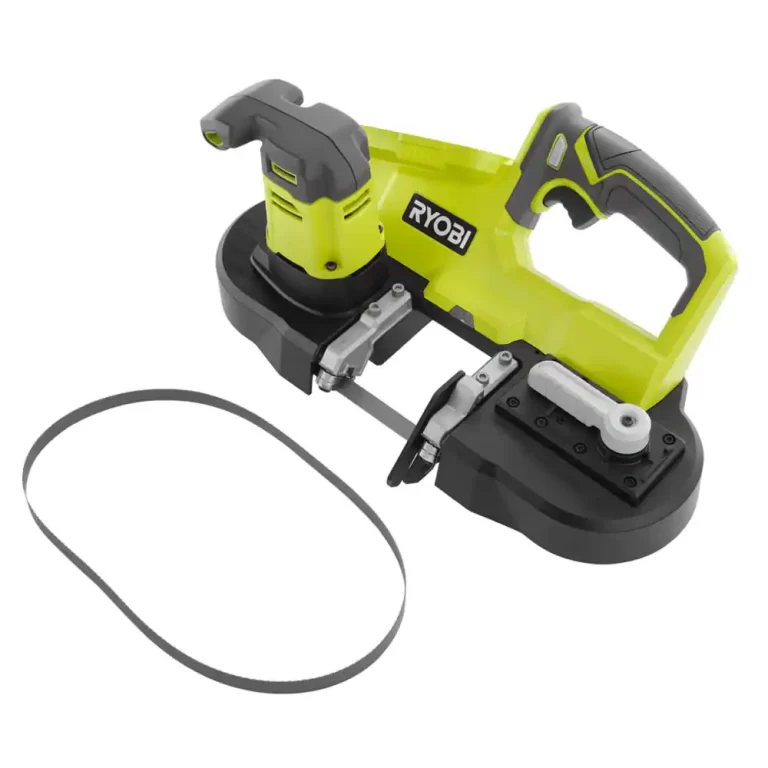Introduction to Miter Saws
When it comes to precise woodcutting, miter saws are essential tools for both professional carpenters and DIY enthusiasts. These powerful machines allow for accurate crosscuts and miter cuts by pulling a mounted circular saw blade down onto a piece of work at a selected angle. Types of miter saws: Understanding the various types of miter saws is crucial to choose the right one for your specific project needs.
Miter saws range from basic models, which are perfect for straightforward crosscuts, to more advanced versions that offer compound and sliding options for bevel and miter cuts in a single pass. Some models also offer the convenience of portability and usage in remote areas with their cordless design. Regardless of the model, each miter saw is designed with a particular set of features to enhance precision, ease of use, and safety.
Whether you need to frame a house, add trimming to your living room, or create intricate custom woodwork, there is a miter saw designed for the task. In this guide, we’ll explore the different types of miter saws available and their intended applications to help you make an informed decision on the best model for your woodworking projects.
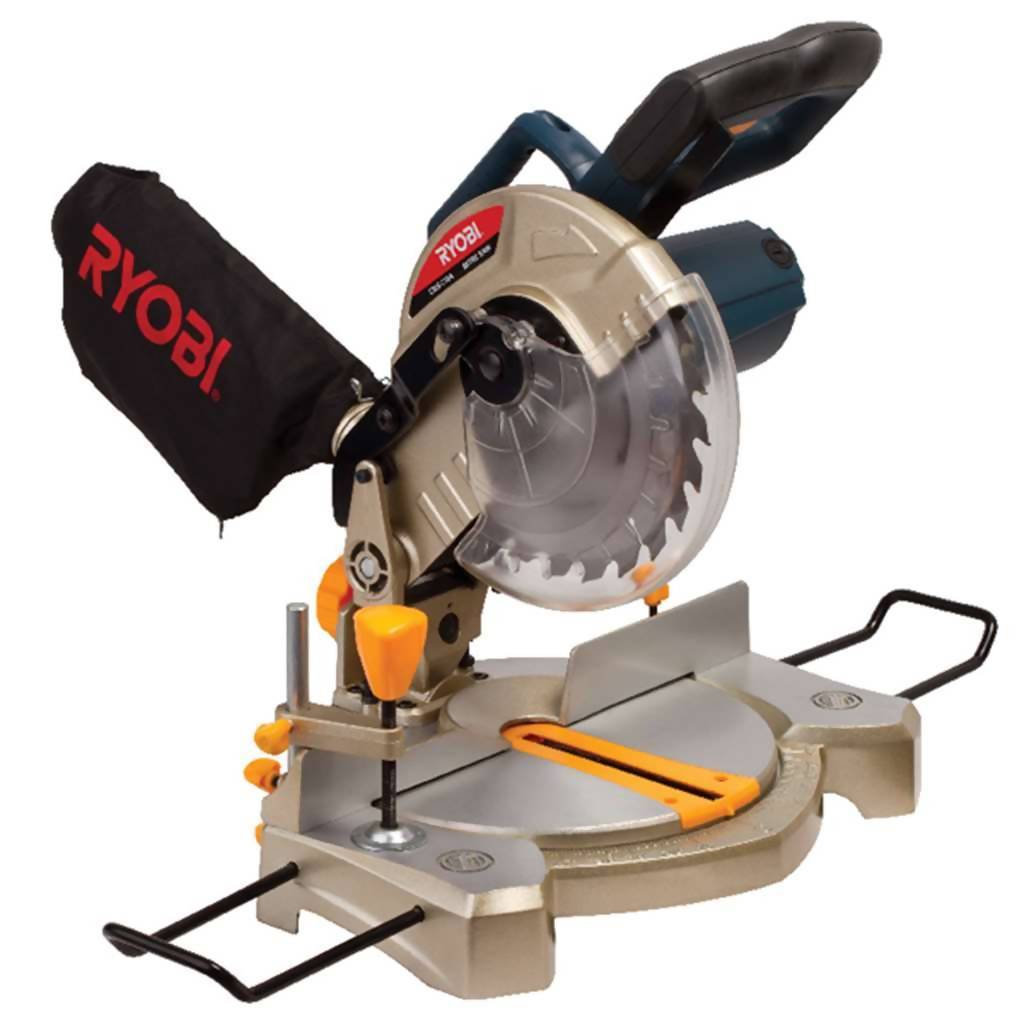
Different Types of Miter Saws
When seeking the perfect miter saw, it’s important to know the different types available. Each type caters to distinct cutting needs and offers specific features. In this section, we delve into the varieties of miter saws to help you find the one that suits your project specifications best.
Basic Miter Saw
A basic miter saw is ideal for simple projects involving crosscuts and miter cuts at common angles. It’s known for its easy-to-use design. You’ll find it perfect for straightforward tasks like cutting trim or framing pictures. This saw is reliable for beginners and those with no need for complex cutting options.
Compound Miter Saw
The compound miter saw steps up the game with the ability to make bevel cuts in addition to miter cuts. It’s versatile and can easily pivot left or right for angled cuts, and tilt in a single direction for bevels. This type is favored for projects where both miter and bevel cuts are required, such as crown molding.
Sliding Compound Miter Saw
Building on the abilities of the compound miter saw, the sliding compound miter saw boasts a sliding feature. This functionality allows for wider cuts. It’s the go-to saw for more demanding projects that involve wider pieces of wood. Ideal for professional carpentry and serious DIY endeavors, it offers the most flexibility.
Cordless Miter Saw
With the rise of technology, the cordless miter saw has become increasingly popular. It’s powered by batteries, providing the convenience of portability. You can take it to job sites where power sources are scarce or nonexistent. Despite being cordless, these saws don’t compromise on power and can handle a range of tasks effectively.
Key Features to Consider When Selecting a Miter Saw
Choosing the best miter saw involves examining key features that impact performance and outcomes. These features determine the saw’s capability to handle various projects with precision and efficiency. Let’s focus on the essential aspects you should evaluate before making your selection.
Blade Size
The blade size is critical for determining the maximum cut width and depth. Common sizes range from 8 to 12 inches. Larger blades allow for wider cuts, making them suitable for bigger materials. Ensure the saw blade fits the type of work you plan to do.
Power and Motor Specifications
Power is vital for cutting through thick and tough materials. Check the amperage; a higher amp motor means more cutting power. Corded saws often offer more continuous power, while cordless models provide convenience and portability.
Miter and Bevel Adjustments
The ability to adjust angles for miter and bevel cuts adds versatility. Look for saws with easy-to-read scales and stops at common angles. This ensures quick adjustments and accurate cuts. Some saws even offer dual-bevel capabilities for more complex projects.
Laser Guide and LED Lights
Visibility is key for precise cutting. A laser guide projects a line on your work material, showing where the cut will be made. LED lights improve visibility in low-light conditions. Both features are helpful for enhancing accuracy and safety.

Miter Saw Uses and Applications
Selecting the ideal miter saw means considering its intended uses and applications. A miter saw’s potential extends beyond basic cuts, allowing for precision in a variety of woodworking projects. Let’s take a closer look at some of the most common uses for these versatile tools.
Trim Work and Moldings
For intricate trim work and moldings, a miter saw is indispensable. Its ability to make precise angled cuts makes it perfect for fitting together trim work with tight seams. Whether it’s for door frames, window casings, or baseboards, the right miter saw ensures clean cuts every time.
Framing and Decking
Miter saws excel in framing and decking, where accurate angles and lengths are crucial. The strength of a compound or sliding compound miter saw comes into play here, addressing the demands of cutting large, thick materials regularly encountered in construction.
Creating Complex Cuts
When your project calls for complex cuts, such as those found in custom furniture or cabinetry, a miter saw with the appropriate features can be a game-changer. Precision is key, and features like bevel adjustments and laser guides aid in making complex cuts with confidence. The ability to handle bevels and miter cuts together adds a new dimension to the woodworking possibilities.
Safety Tips for Operating Miter Saws
Operating a miter saw requires attention to safety to prevent injuries. Here are key safety tips to keep in mind while using a miter saw.
Always Wear Safety Gear
Before turning on your miter saw, make sure you have the proper safety gear. This includes eye protection, ear protection, and a dust mask. Never start sawing without these safety essentials.
Keep the Work Area Clean
A cluttered workspace can lead to accidents. Keep your work area tidy. Make sure there’s nothing on the ground that you could trip over, and keep the saw’s surface clear of debris.
Secure Your Workpiece
Always secure your workpiece with clamps or a vise. Free-handing cuts is dangerous and can result in a lack of control over the material. A firm hold ensures accuracy and safety.
Use the Right Blade
Match the blade type to the material you’re cutting. A blade that’s not suited for the task can break or cause the saw to kick back. Check the blade for sharpness and damage before each use.
Maintain Proper Position
Stand to the side of the blade, not directly behind it. In case of kickback, this position keeps you out of the path of a thrown workpiece.
Keep Hands Safe
Use the saw’s guards and keep your hands away from the cutting area. Hands should be at least 6 inches from the path of the blade.
Follow Manufacturer Instructions
Always refer to the user manual. Manufacturers provide specific safety instructions for their models. Familiarize yourself with these guidelines before operating the saw.
Inspect the Miter Saw Before Use
Regularly inspect your miter saw. Check moving parts, guards, and safety features. Make sure everything is in working order before you begin.
Avoid Distractions
Stay focused on the task. Distractions can lead to accidents. If you’re tired or the environment is chaotic, it’s better to postpone the work.
Safety comes first, ensuring that you can continue enjoying the versatility and precision that different types of miter saws offer for years to come.
Maintenance and Care for Your Miter Saw
Ensuring your types of miter saws remains in peak condition requires regular maintenance and care. Proper upkeep not only extends the life of your saw but also maintains its accuracy and safety. Here’s how to keep your miter saw running smoothly:
Clean the Saw Regularly
Dust and debris can accumulate and affect performance. Wipe down your saw after each use. Use a soft brush or compressed air to remove sawdust from hard-to-reach areas.
Check for Wear and Tear
Inspect the blade for dullness or damage before use. Look for any signs of wear on the moving parts, such as the miter and bevel adjustment mechanisms.
Lubricate Moving Parts
Apply lubricant to the miter saw’s moving components to keep them operating smoothly. Follow the manufacturer’s recommendations for lubrication.
Sharpen or Replace Blades
A sharp blade ensures clean cuts. Sharpen your blades regularly or replace them if they become too worn.
Tighten Loose Bolts and Screws
Loose hardware can lead to inaccurate cuts and safety hazards. Check and tighten bolts and screws frequently.
Store the Saw Properly
When not in use, store your miter saw in a dry location to prevent rust. Cover it to protect from dust and dirt.
By following these simple steps, you keep your miter saw ready for any project. Regular care means reliable performance every time you use it.

Conclusion: Making the Right Choice
With the knowledge of the different types of miter saws and their features, you are now equipped to make an informed decision. Remember, the right miter saw aligns with your specific project needs and enhances your woodworking efficiency and accuracy.
Choosing between the basic, compound, sliding compound, or cordless miter saws hinges on the tasks you foresee in your future projects. Take into account the blade size for the materials you’ll be handling, and the power requirements for your work intensity. Miter and bevel adjustments will offer the versatility you need for varied cuts, while laser guides and LED lights can increase precision.
The suitable miter saw not only allows for a broad range of applications, from simple trim work to complex cabinetry, but also ensures user safety with appropriate features and allows for easy maintenance. Your focus on safety practices will ensure long-term reliability and performance of your tool.
In finality, your ideal miter saw will be a balance of necessary features, safety components, and ease of maintenance. It should cater to the demands of your specific projects while fitting within your budget. Invest in a saw that will serve you for years to come, and remember to keep safety and precision at the forefront of every cut. Happy woodworking!
